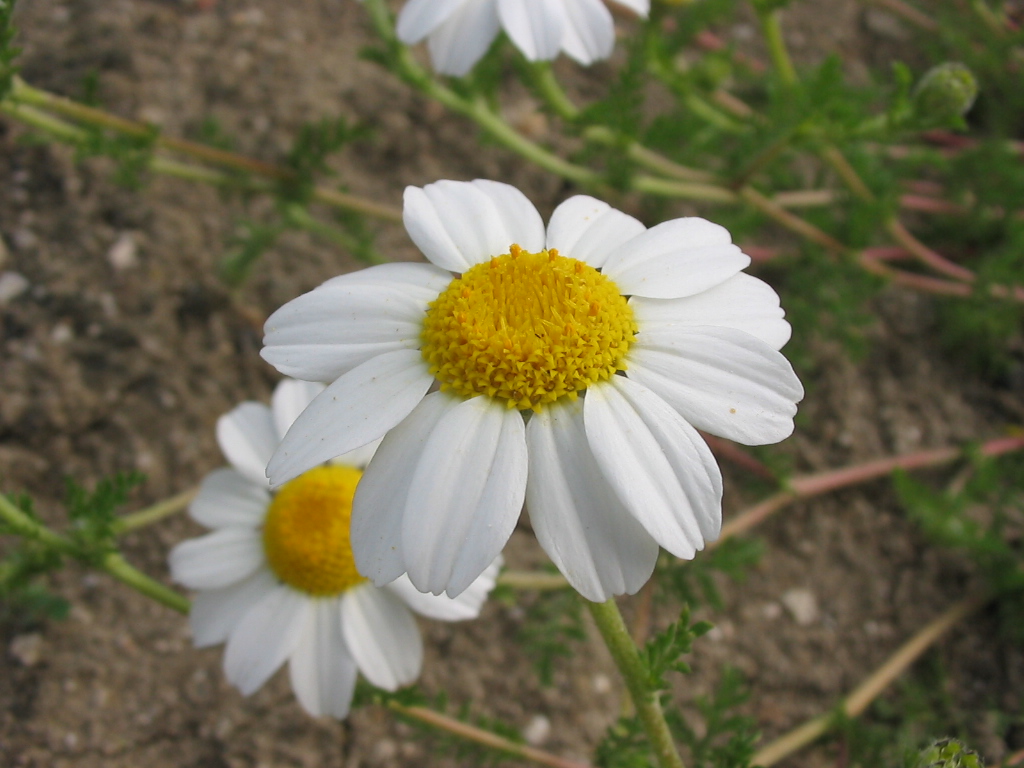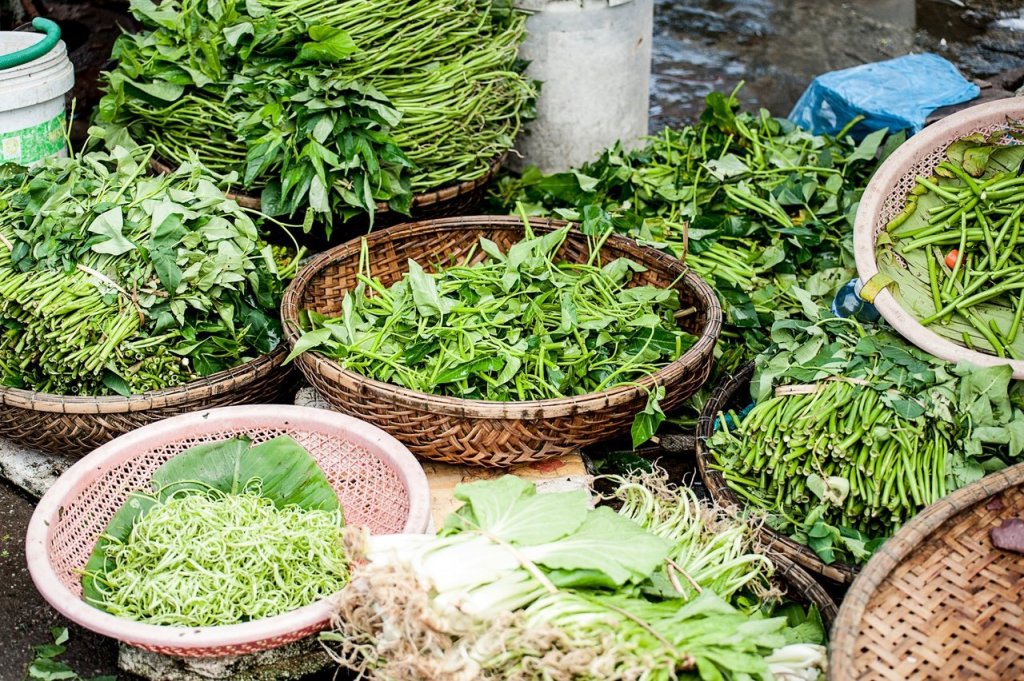Category: plant cutting
-
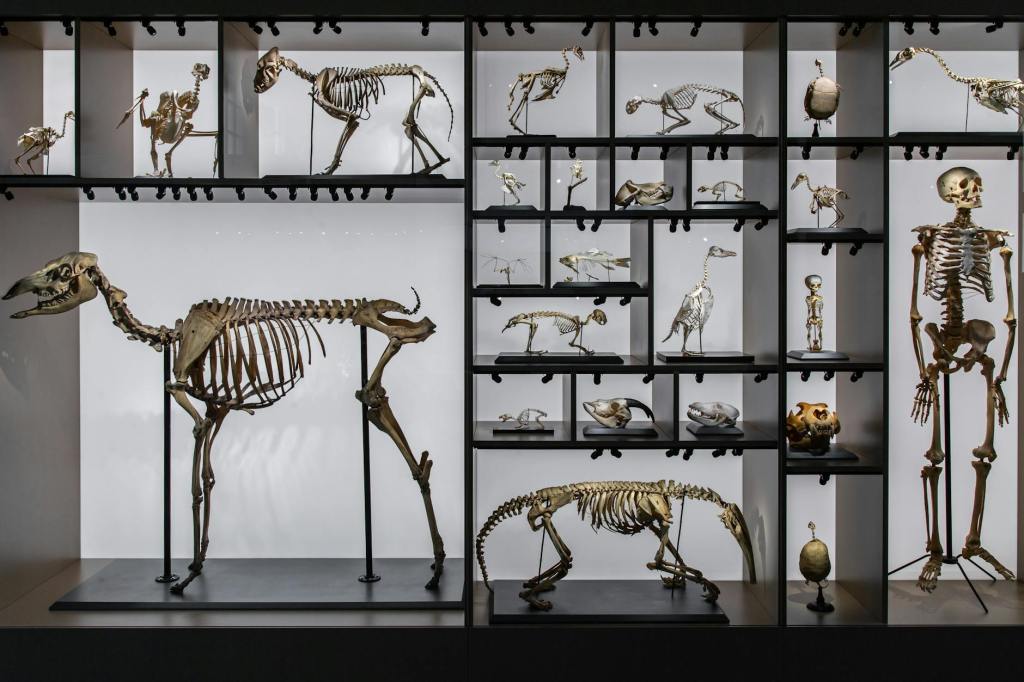
Evolution of Plant Cuttings
The author revisits his 2010 article on the carnivorous plant Nepenthes attenboroughii. Recognising that his communication style – and the purpose of a Plant Cutting item – has changed since that time, he presents a revised 2024 version of the news item (suitably updated for post-2010 information). Insights into Mr…
-
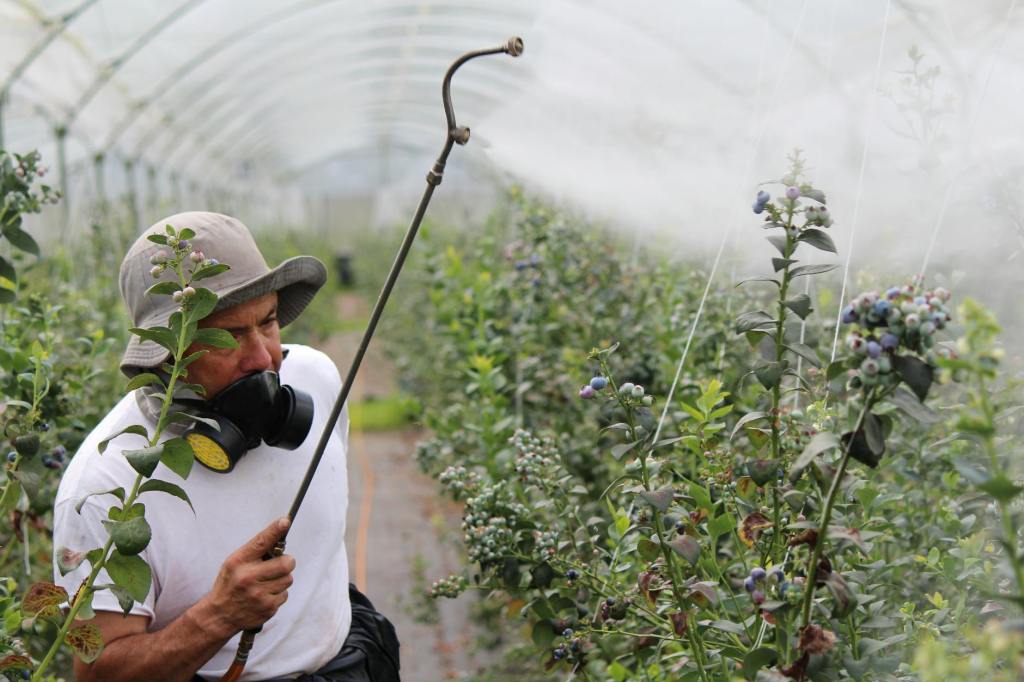
Exploitation potential of plant products…
This post delves into the chemical capabilities of plants and humans’ innovation in utilizing plant compounds. It highlights the discovery of a new insecticidal protein from ferns with potential for crop protection. Additionally, it explores the creation of sustainable polymers from cellulose, offering an alternative to conventional plastics. These advancements…
-
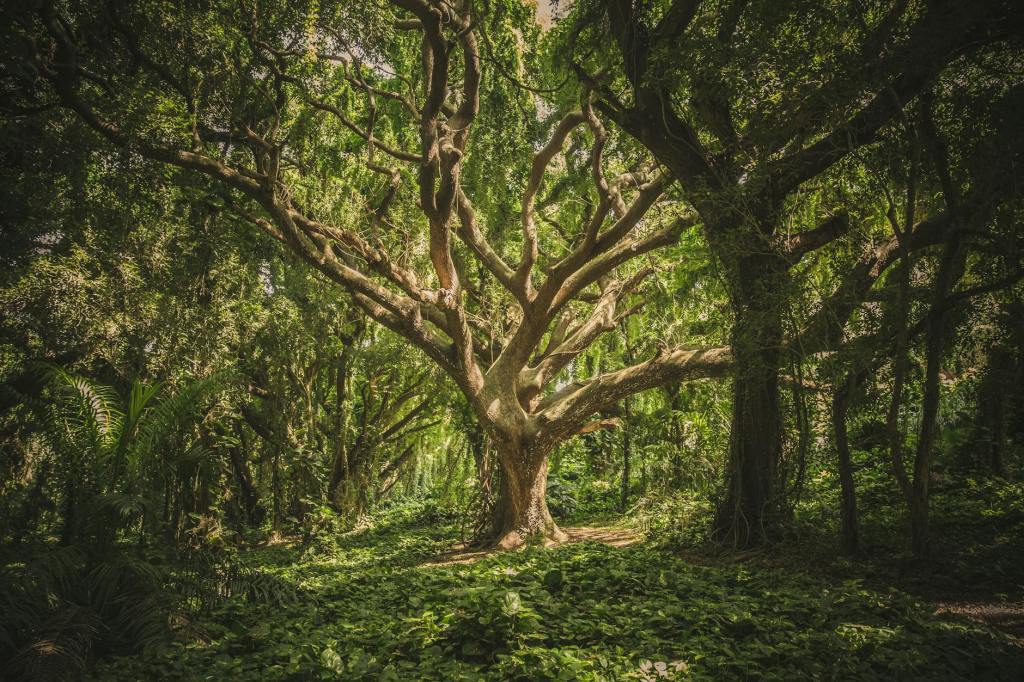
Tree planting, a hot topic…
This post discusses the significance of trees to humans, and highlights how trees provide not only physical resources but also essential ecosystem services. While tree-planting is a popular solution to mitigate climate change, it can have unintended consequences related to global warming. Addressing these issues will require thoughtful and evidence-backed…
-
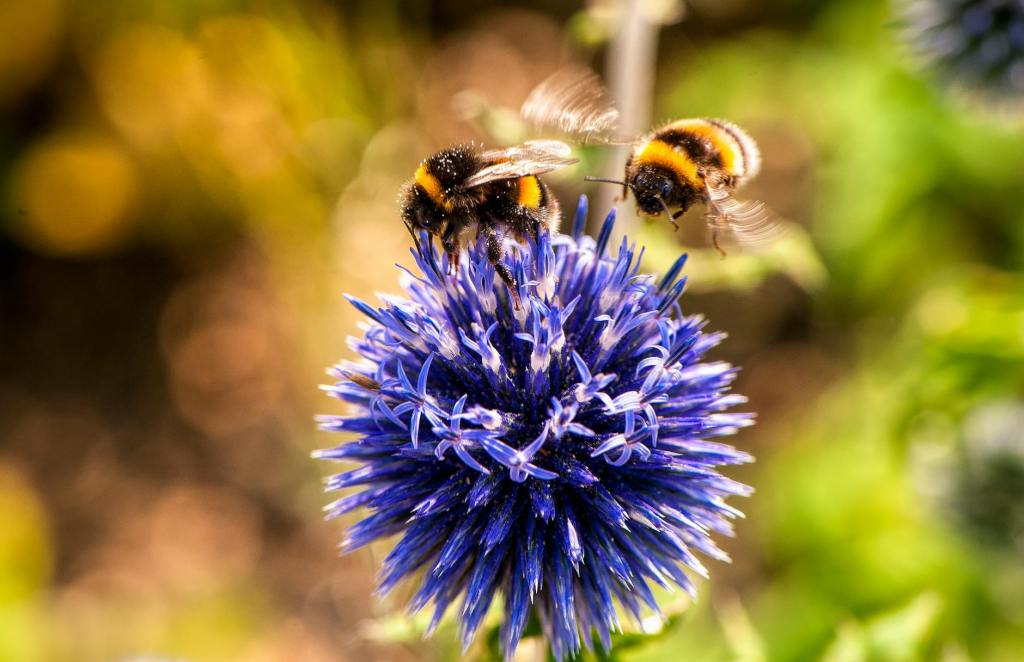
Bumblebee-bothering, pollen-pilfering honey bees
Flowers and insects have a long history of coevolution. Insects as pollinators are rewarded with nectar and pollen. Some bees exploit this and engage in nectar robbery. Honey bees in Italy have been observed stealing pollen from bumblebees, contributing to a range of pollen-gathering behaviors. Honey robbery from hives by…
-
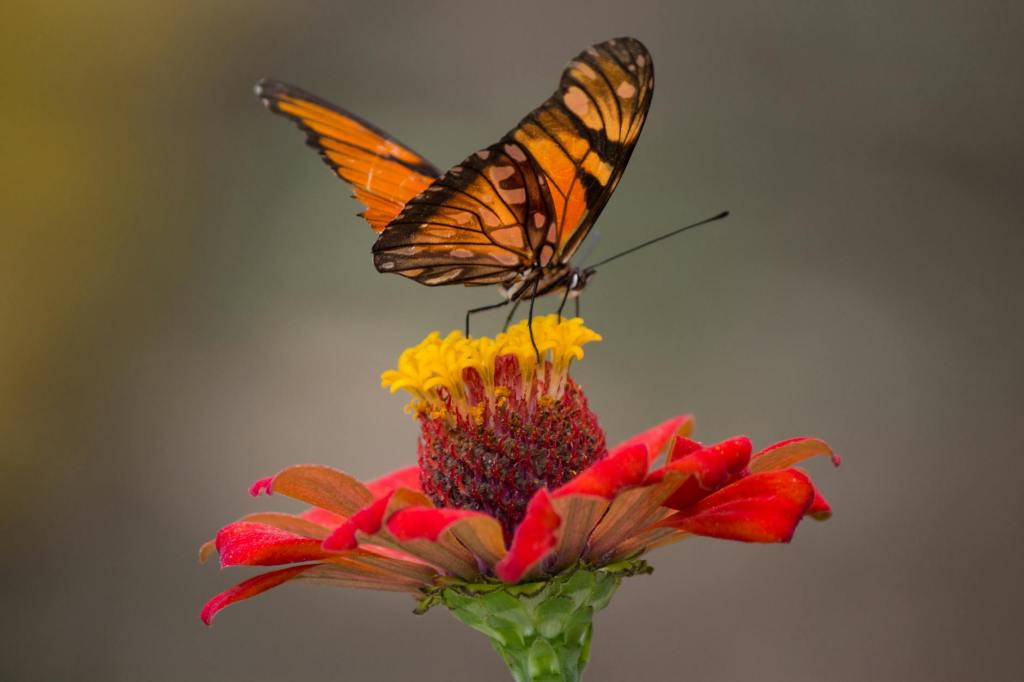
Pollutants and pollination, a radical view
The post discusses the impact of nitrogen trioxide (NO3) on plant-pollinator interactions. NO3 disrupts floral scents, affecting insect foraging and pollination. This has far-reaching implications for global food crops and natural ecosystems. Research suggests that human intervention and cultivation practices can potentially offset the negative effects. However, addressing the root…
-
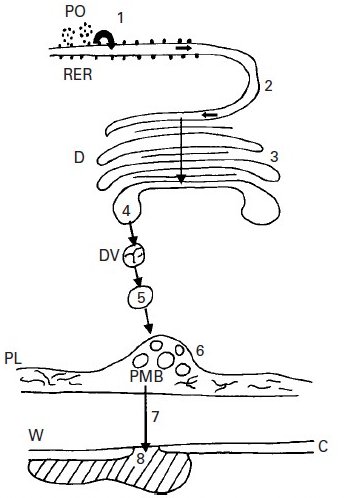
Under-appreciated plant parts: The grass ligule
The post describes the author’s research on the grass ligule, focusing on its anatomical and functional complexity, including the passive exclusion of water and spores, and the potential active role in synthesizing and secreting a lubricating substance. The ligule’s surprising cellular complexity and potential photosynthetic function are also explored. The…
-

Pollution produces photosynthetic part-timers…
The post discusses how plants work harder than commonly believed and how atmospheric aerosol pollution affects their productivity.
-
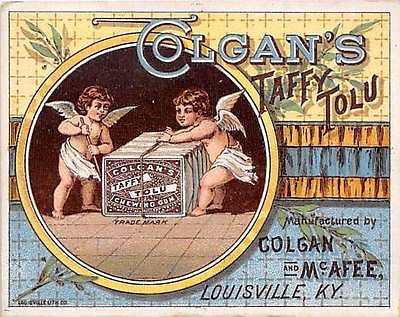
A deep dive into chewing-gum: Part 2
The post discusses the history, present, and potential future of chewing-gum. Amongst the topics covered are: its role in fighting COVID-19, the energetic costs of chewing it (and its relevance to human evolution), America’s ‘gum wall’, its targeted use in the Korean war, and unconventional portraiture…
